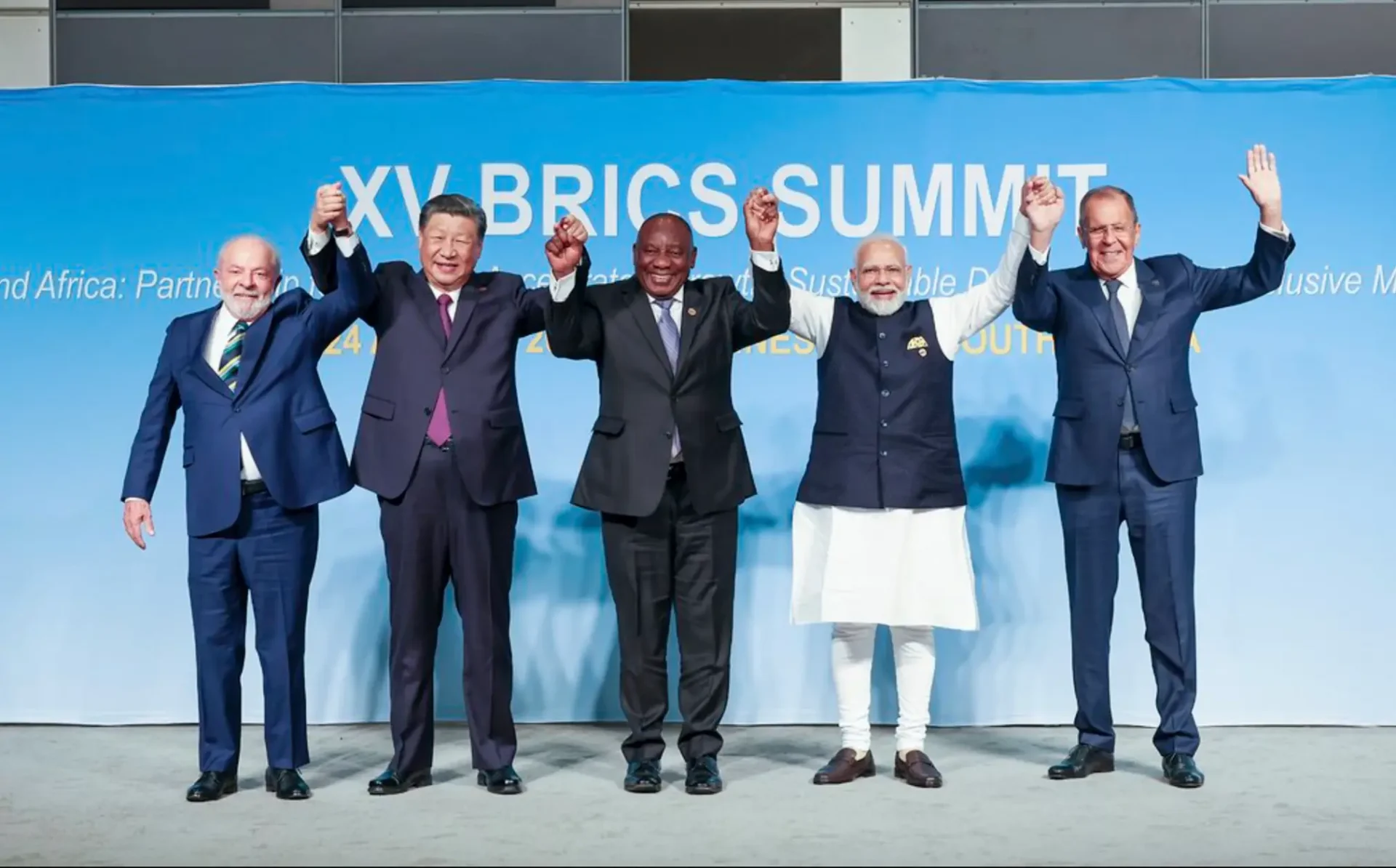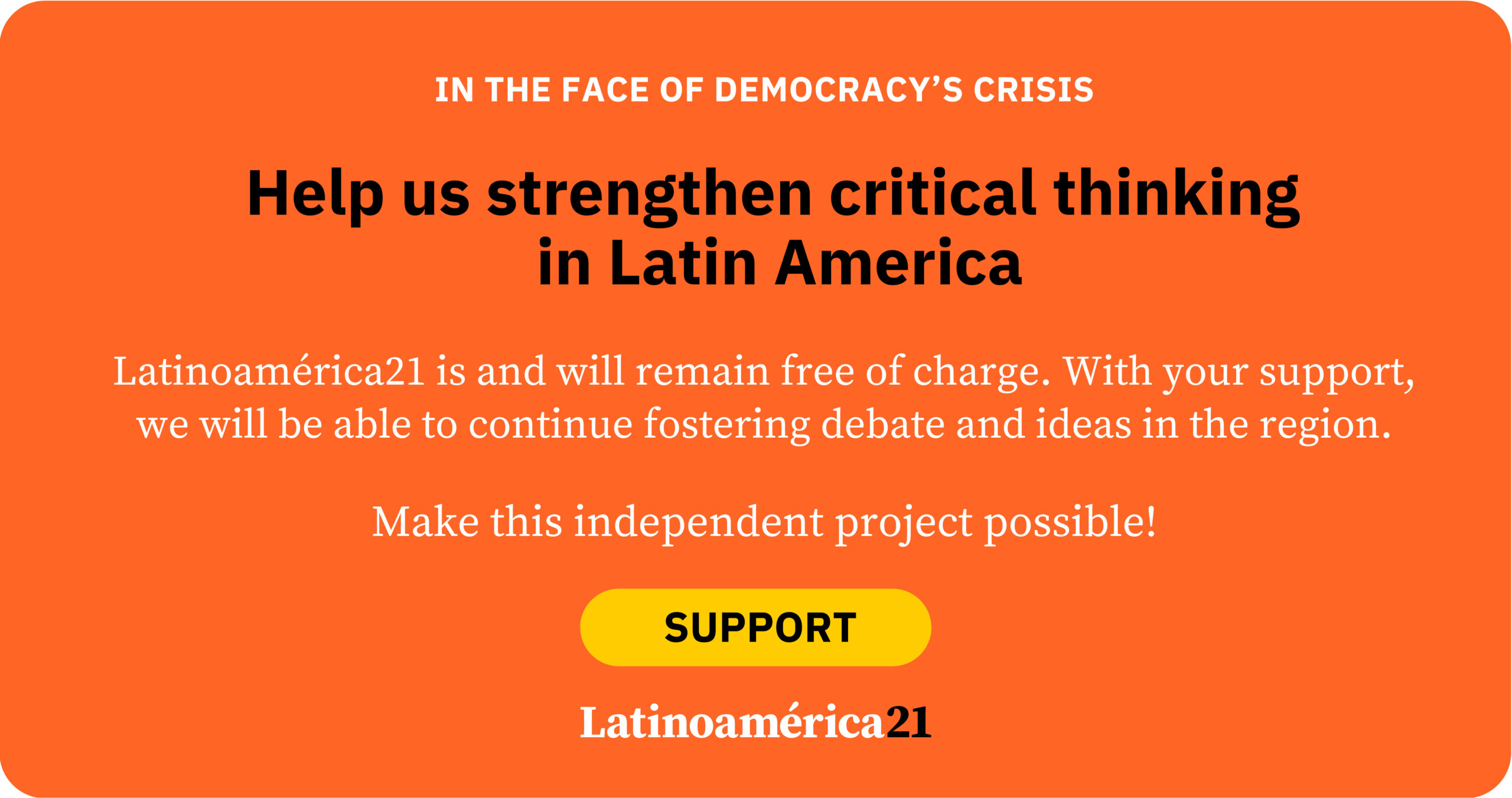President Trump has just threatened to impose 100% tariffs on BRICS members due to their proposal to undermine the international supremacy of the dollar. This could be the first major mistake in the Republican administration’s new foreign policy. Without any real justification, Trump’s attack on BRICS seems like an admission of weakness in the face of the multipolar bloc.
For Washington, the dollar’s hegemony has been the most effective soft power tool since the Cold War. The powers of the Federal Reserve and the Treasury Department, which can virtually set global prices, rely on international support for the dollar.
However, the BRICS group, despite discarding the idea of creating a common currency, has mechanisms to trade in local currencies to reduce costs, promoting the de-dollarization of international trade. Additionally, through its New Development Bank, BRICS nations propose an alternative to the Bretton Woods system for international loans and aid to Global South countries, aiming to compete with entities such as the International Monetary Fund.
This potential de-dollarization of international trade threatens U.S. power, which is reflected in the complete or de facto dollarization of three Latin American economies: Ecuador, El Salvador, and Panama. Furthermore, without dollar hegemony, sanctions would become ineffective, as their enforcement depends on the inability of a company, state, or individual to use U.S. dollars, effectively excluding them from the global economy. Thus, BRICS-led de-dollarization weakens the United States’s coercive power.
Tariff Threats
In this context, President Trump argues that tariffs are an effective deterrent—or threat—in his bilateral relations with other nations. However, imposing tariffs on the ten BRICS member countries could have serious repercussions for the United States. The U.S. economy, already vulnerable to the mere idea of tariffs in North America, would struggle without smooth trade relations with the major economic engines of the Global South. Additionally, BRICS retaliation would cause turmoil in sectors such as fossil fuels and agricultural commodities.
In his recent statements, Lula, who currently holds the BRICS presidency, has rejected the White House’s demands. The Brazilian president assured that there will be reciprocal tariffs on the United States if Trump confirms the measure.
The global geopolitical landscape is beginning to show an even deeper divide. The trade conflicts between Trump and the BRICS pose a risk to potential rapprochements between the Global North and South, as well as challenges to unresolved issues such as the fight against poverty, inequality, and climate change. In fact, given Trump’s questionable policies toward Latin America—especially regarding deportations—it is foreseeable that the region will respond in the future by strengthening South-South ties.
From an internationalist perspective, the crisis of U.S. hegemony could follow the same trajectory as Britain’s splendid isolation, which ultimately led to the decline of the British Empire. Trump appears to be repeating the same mistakes of previous global powers: lack of investment in the Global South, the militarization of political discourse, and the demonization of alternative power centers.
Nevertheless, Trump’s policies suggest a revival of the Monroe Doctrine in Latin America, now with global reach, aimed at countering and curbing China’s influence worldwide. Indeed, Trump’s strategy for Latin America focuses on attacking Chinese investments, as seen in the case of the Panama Canal.
The official entry of Bolivia and Cuba into BRICS signals that some countries in the region are increasingly drawn to the idea of joining the bloc. Both nations, which have historically difficult relations with the United States, see BRICS as an opportunity to dedollarize their financial operations and view its bank as a potential support for their complex economic situations.
Meanwhile, following the controversy between Trump and Petro, the Colombian government has begun diversifying its exports, aligning itself more closely with China’s Belt and Road Initiative. This suggests that the United States’ most historically loyal ally in Latin America could deepen its ties with the Global South through BRICS.
The rise of multipolarity in international relations has brought unprecedented changes. Trump’s tariffs and other threats against nations worldwide run counter to a foreign policy adapted to today’s realities. In this context, BRICS could become Donald Trump’s kryptonite.
*Machine translation proofread by Janaína da Silva.













